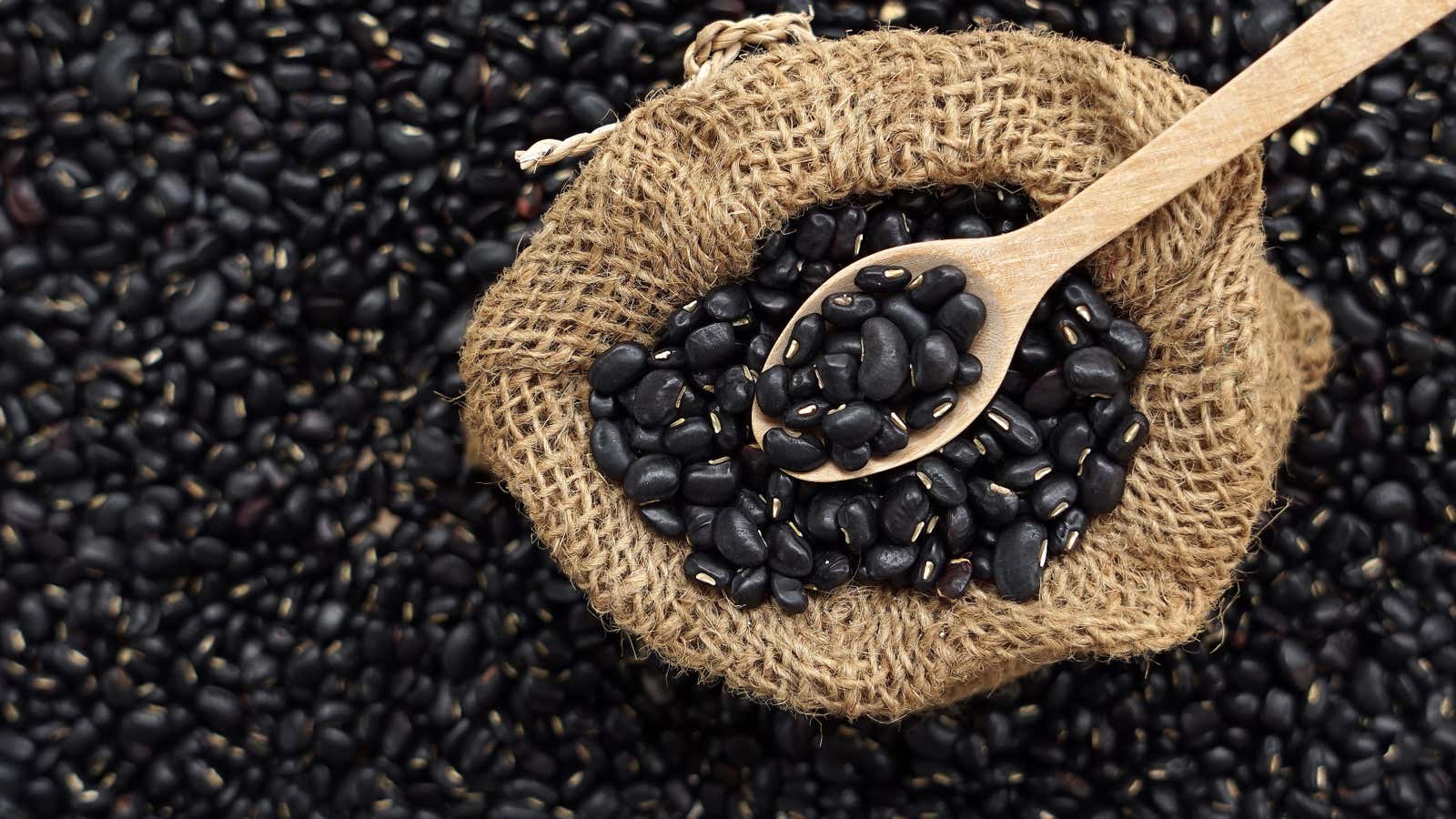Don’t Get Nutritional Information From Memes

Are beans as much protein as beef? Is Coca-Cola the same as eating half a dozen donuts? Are there really six slices of bread in each bagel? We’re going to check out some of those nutrition memes that are floating around all the time. Spoiler alert: If they’re shocking, they’re usually not true.
Meat is much richer in protein than vegan protein sources.
There is a whole category of these comparisons in which meat is pitted against a vegan protein source. They almost never include all the nutrients you’re looking for on the label – just the ones that the vegan product looks best for. For example, the image above does not mention calories or carbohydrates (there are many more in beans) or vitamins, which are found in meat, but not in vegetables.
They always include cholesterol, although the USDA no longer considers cholesterol a “nutrient of concern.” This is because cholesterol does not exist in the plant kingdom, which is why all vegan foods are naturally cholesterol free.
But there’s another problem with protein comparisons: they don’t equalize for anything sensible, like calories or serving size. This graph of the beef to bean ratio looks like a head-to-head comparison at first, until you realize they must have been comparing raw beef to raw beans .
So how does it look on your plate? From 100 grams of beef, you can cook about 75 grams (the meat loses water during cooking), which gives you a 2.6 ounce serving or a piece of steak slightly smaller than a deck of cards. It has 142 calories.
But 100 grams of beans will draw up water during the cooking process, which will give you about 230 grams of beans, or 1.5 cups. (I got my numbers from the Serious Eating Beans investigation .) This is the same as a full jar of black beans, drained. That’s 341 calories, more than double the calories of beef.
So at the dinner table, the two are completely incomparable. You can of course make a delicious high-protein diet from plant-based foods, but it will never have the same protein-to-calorie ratio as meat. This is fine! Just be realistic about what you eat.
Drink donut equivalents are misleading
You would drink Coca-Cola, but you wouldn’t stuff six donuts, would you? Donut-equivalent tables like this are meant to make you feel bad about what you eat or drink, but how accurate is the donut-based scale?
So, 20 ounces of soda contains 65 grams of sugar. This is roughly correct. As well as half a dozen donuts (10 grams of sugar for each Krispy Kreme, but it depends on the brand).
So why is it more comfortable for you to drink soda than eating so many donuts? Because they are completely different things . Six donuts – I’ll just pick Krispy Kreme – add 1140 calories because they have more than just sugar! For example, a lot of starch and fat. Coca-Cola contains 240 calories because sugar is practically the only thing in it. So yes, the sugar content is the same, but nothing else.
How much bread is in a bagel?
I haven’t heard this, but my New York colleagues insist that everyone says a bagel is some ridiculous amount of slices of bread. Six, for example.
Bagels are made with the same basic ingredients as bread, so here we can compare apples to apples. Both contain flour, water and nothing else.
One “regular” bagel contains 277 calories, including 55 grams of carbohydrates, according to the USDA . And one “regular” slice of bread contains 75 calories , which equates to 3.6 slices of bread per bagel.
Bread and bagels are different; the sandwich bread we use in my house contains 90 calories per slice. Your local jewelry may be making smaller or larger portions than USDA recommended. In any case, a bagel sandwich will contain more carbohydrates, calories, and flavor than the same two-slice bread sandwich. But that’s why you went for the bagel in the first place, isn’t it?